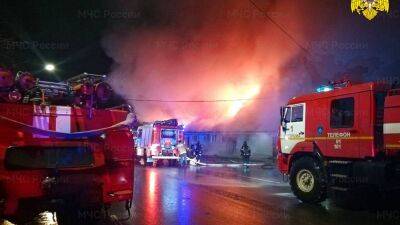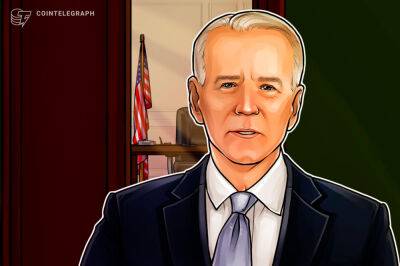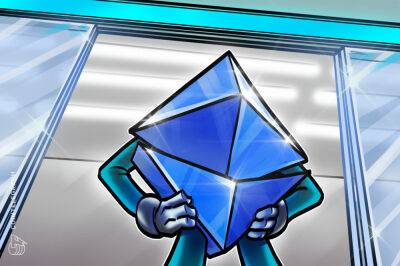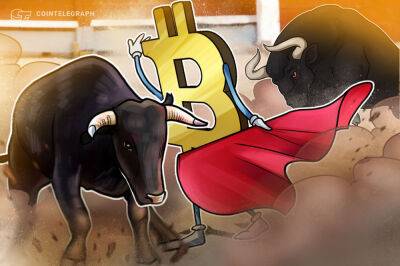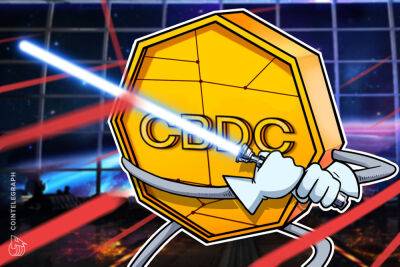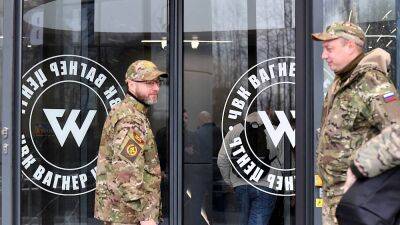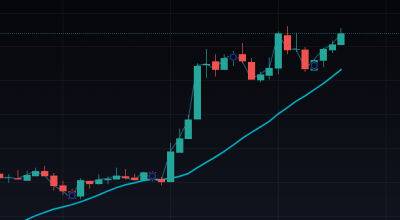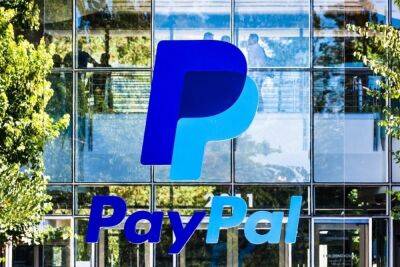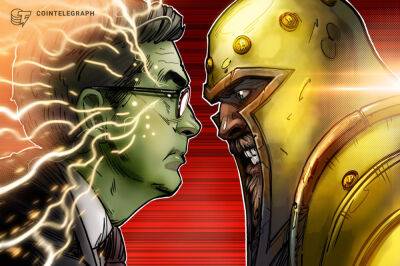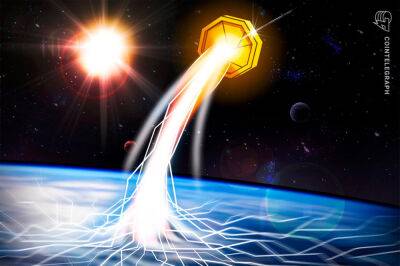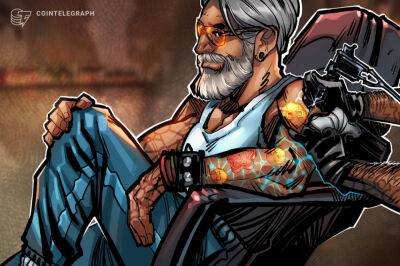Sibos 2022: Are fractionalised digital assets red herrings?
Fractional digital assets are taken and locked into a smart contract, where they can be broken into fungible ERC-20 tokens of equal value. From there, a person can buy as many shares of a digital asset as they like. A major benefit is that an individual can have complete ownership of a unique item. For some assets, however, this has meant that prices – and associated costs - have skyrocketed.
Rooz continued to say that “fractionalisation is the idea that you can transact an asset that traditionally would have been worth a lot of money if you traded the whole thing. Now, you can break it into smaller components and people that don’t have a lot of money can get a piece of the asset.
“That’s a great thought process, but what stands behind it is the transaction fee and the cost of a chain of lawyers that are required to process this manually. Everything can be represented as an ERC-20 is a red herring because it’s about the complexity of the asset that matters. That’s why Robinhood’s fractionalised trading of US equities is very efficient. It’s cheap and you can do it quickly.”
Rosie Hampson, executive director, Goldman Sachs, added that fractionalisation is as much about mobility, as it is market access. Beyond digitising new types of assets, Hampson explored how the industry must also consider the impact and the opportunities for traditional services and how increased liquidity can be created for these products.
“Leveraging blockchain to represent an asset token can facilitate atomic swaps which creates secured intraday liquidity for the market and mobilises traditionally illiquid assets, which provides risk reduction due to the instantaneous nature. Fresh innovation is not just about opening up opportunities when it comes
Read more on finextra.com

